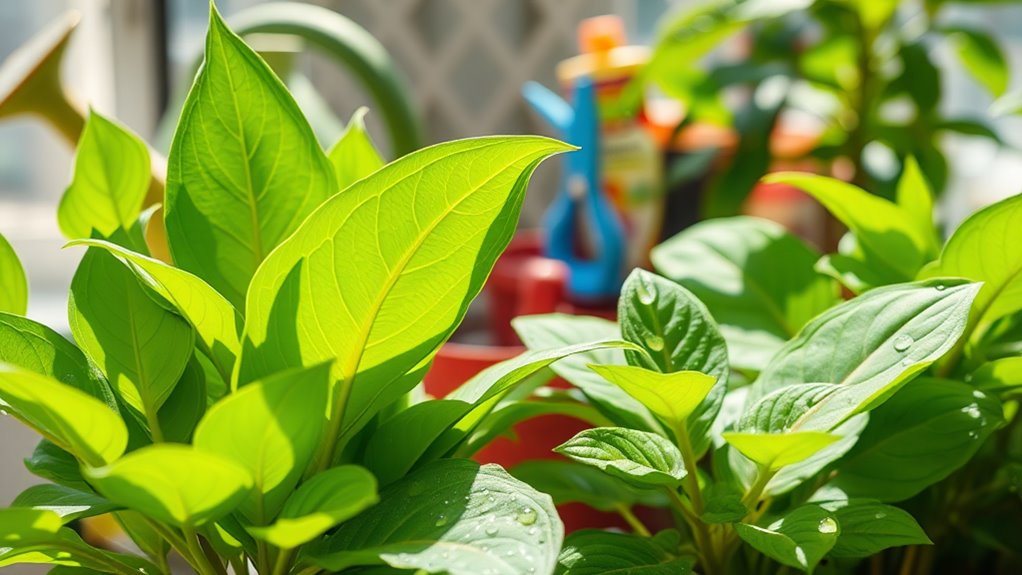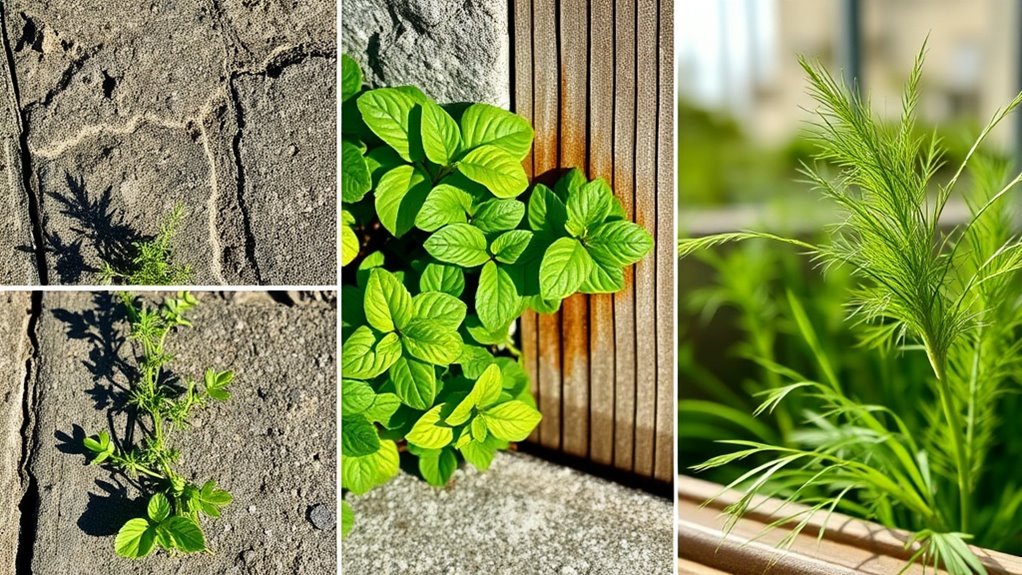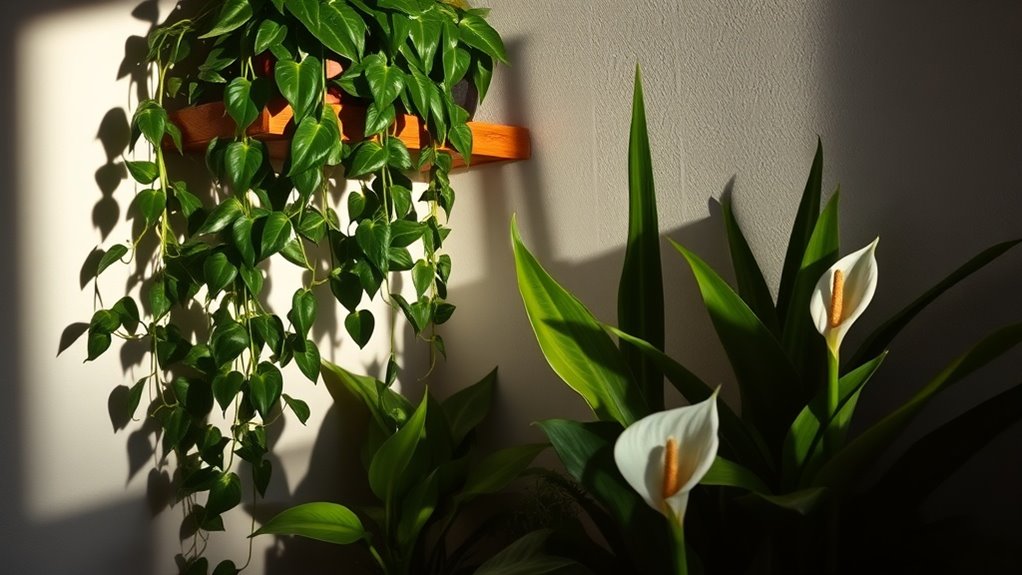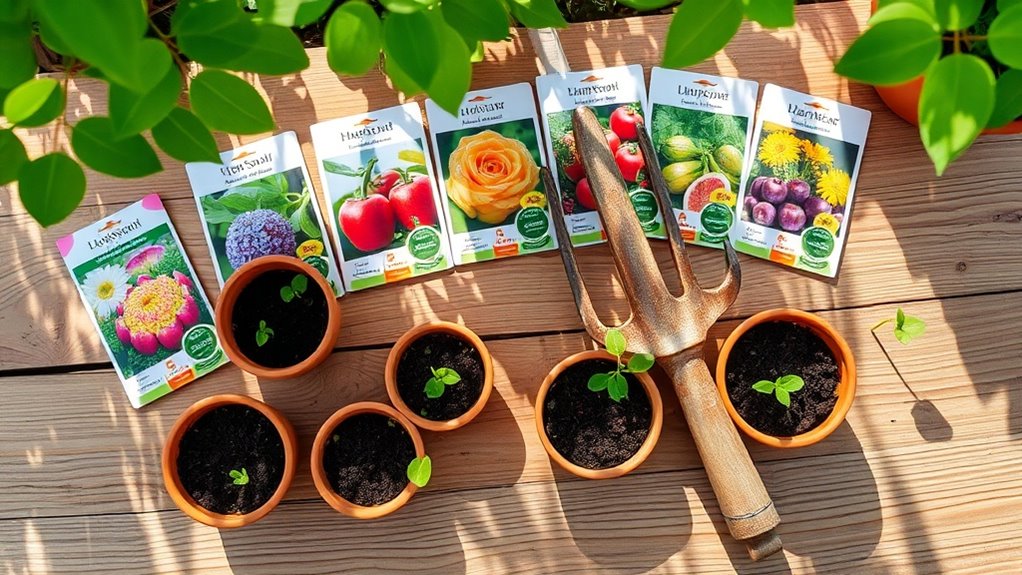How I Revived My Dying Houseplants With These Simple Steps
When your houseplants start to wilt, it’s crucial to assess the damage promptly. You’ll want to examine the leaves, roots, and soil moisture. Identifying overwatering or poor lighting can make all the difference. By adjusting your care routine, you can transform their health significantly. Discover the specific techniques and strategies that can revive not just any plant, but even the toughest cases of neglect and boost their vitality.
Assessing the Damage
Before you can bring your struggling houseplants back to life, you need to assess the damage. Check the leaves for discoloration or wilting, examine the roots for rot or overcrowding, and evaluate the soil’s moisture level.
Identifying the Causes
Identifying the causes of your plants’ decline is crucial for a successful recovery, as many factors can contribute to their poor health. Common culprits include light levels, temperature fluctuations, pests, soil quality, and humidity. Use the table below to evaluate potential issues impacting your plants:
| Factor | Possible Issues |
|---|---|
| Light | Insufficient or excessive light |
| Temperature | Too hot or too cold conditions |
| Pests | Insects or disease symptoms |
| Soil Quality | Nutrient deficiency or compacted |
| Humidity | Low humidity in the environment |
It’s essential to monitor plant health indicators such as leaf color and growth patterns to gain insight into your plants’ needs.
Proper Watering Techniques
While your plant’s health hinges on various factors, proper watering techniques play a pivotal role in its recovery. Focus on the moisture level; water only when the top inch of soil feels dry.
Use room temperature water and ensure it drains out of the pot’s bottom. Avoid overwatering, which can lead to root rot, and always empty excess water from saucers. Additionally, watch for signs of overwatering symptoms, as these can indicate that your watering habits need adjustment.
Soil and Repotting Strategies
Alongside proper watering, selecting the right soil and understanding repotting strategies are vital for revitalizing your houseplants.
Consider these key points:
-
Choose a well-draining potting mix specific to your plant type.
-
Ensure the new pot is one size larger than the previous.
-
Repot during the growing season for minimal stress.
-
Regularly check soil health to prevent nutrient depletion.
-
Watch for signs of struggling soil to identify any underlying issues that could affect your plants’ health.
Optimal Lighting Conditions
To ensure your houseplants thrive, understanding their lighting needs is crucial, especially since inadequate light can hinder growth and vitality.
Observe whether your plants require low, medium, or bright indirect light. Position them near windows or use grow lights if natural light isn’t sufficient.
Rotate plants regularly to ensure even light exposure, promoting balanced growth and preventing leggy stems.
Regular Maintenance and Care
Regular maintenance and care are essential components in the journey of reviving your dying houseplants.
To keep your plants healthy, focus on these key practices:
- Water consistently, avoiding over or under-watering
- Fertilize appropriately during the growing season
- Prune dead or yellowing leaves to boost growth
- Monitor for pests regularly to catch infestations early
Implementing these habits will ensure your plant’s long-term vitality. Additionally, consider watering your plants in the morning, as the best times of day can maximize moisture absorption and minimize evaporation.





